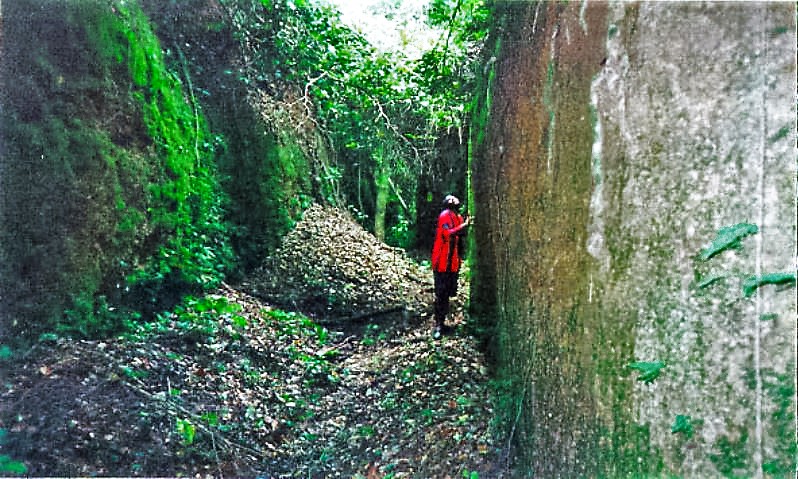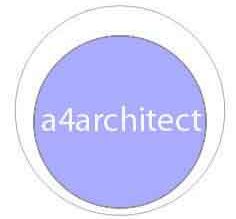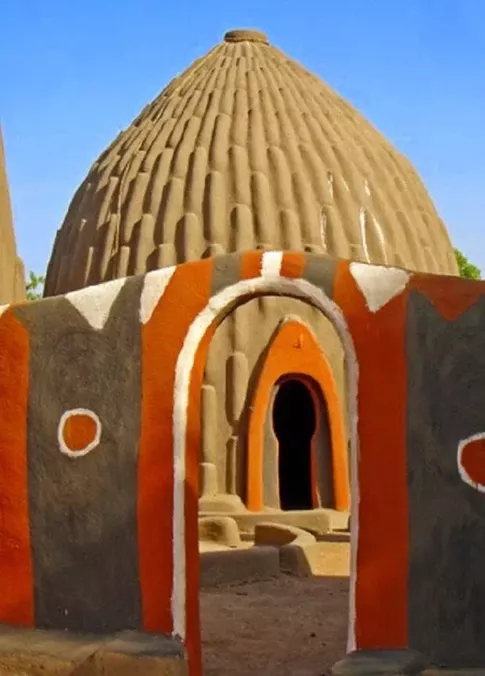Ancient African Architecture has got alot of technology from which current housing needs in Africa can heavily borrow from to solve lots of issues.
The earliest forms of Architecture are in Egypt, the Pyramids.
Various architectural styles form all the way from North Africa/Egypet/Tunisia down to the West, Central and East Africa till Southern Africa/Great Zimbabwe areas.

North Africa.
Pyramids of Giza, Egypt.


Pharaoh Khufu began the 1st and tallest of the 3 pyramids of Giza in 2550BC, followed by his son Pharaoh Khafre in 2025BC. Pharaoh Khafre also built the Sphinx.The 3rd Pyramid was built by Pharaoh Menkaure in 2490 BC
These were constructed 5000 years ago and designed by Architect Himiunu, who was Pharaoh Khufu’s adviser.
Recent Gene research on Pharaoh Ramses III indicate that his origins were in Sub Saharan Africa. His Y chromosomal haplogroup E1b1a is very numerous in Western Africa.
http://www.allempires.com/forum/forum_posts.asp?TID=33553
Sedeinga Pyramids, Sudan.
Between 2009 and 2012, a group of pyramids were discovered in Sedeinga, Northern Sudan
https://en.wikipedia.org/wiki/Sedeinga_pyramids

These are 2000 years old.
Meroe Pyramids, Sudan.
Further below, still in the Sudan, there are the Meroe Pyramids, which has the most number of pyramids out of the Sudan sites.

The tips were broken down in the early 1800s by Italian Giovanni Belzoni
https://en.wikipedia.org/wiki/Giovanni_Battista_Belzoni


Nubia Kingdom in Sudan was established 4500 years ago.
Walls of Benin.
These were constructed between 800 to 1500 BC.
This wall was constructed over a period of about 600 years in Benin City, Benin, West of Nigeria.
The wall was constructed to protect the inhabitants of Benin Kingdom, the Edo people. The wall was destroyed in 1897 by the British.
The wall was 16,000 km in length .

The British invaded Benin during the 1897 Benin Massacre and Invasion. Read more on it here https://oldnaija.com/2017/03/17/benin-massacre-and-expedition-of-1897/



The technology used by the people of Benin to construct such a boundary wall made of just earth was very impressive. If such house building technology can be utilized for our current time, this can bring construction cost for boundary walls significantly much lower.
Ghorfa Granaries, Tunisia.
These are 15th century constructions for storage of granary and living.

500 years ago is quite recent compared to the 4500 years time range of the construction of the Pyramids.
Ginna House, Mali
In Dogon area of Mali, the spiritual leaders were housed in multi storey earthen structures.



These building typologies were constructed in the 15th century, with a heavy Islamic leaning culture.
Musgum houses, Northern Cameroon.

These were earthen structures designed along the catenary curve profile, saving alot of materials in construction cost by using gravity as the main support strength .

The walls form a very visible facade for display of earthen art, which also is functional in being used as scaffolding for people to climb when they want to repair .
Gede Ruins, Kenya.
These were constructed 1000 years ago.This comprises of a city in 45 acres of land. There are complex drainage systems incorporated in the bathrooms from the well to the bathrooms and from the bathrooms into the septic tanks.
The city was abandoned in the 16th century when the Portuguese came to the East African coast.


The Great Zimbabwe
This was constructed 1000 years ago and took 300 years to complete construction of the Kingdom of Zimbabwe.
This was a centre of trade. The walls were constructed using stone.
The city fell in the 15th century, same time as the fall of Gede in Kenya.This marks the same time Portuguese explorer Antonio Fernandes entered the area. https://en.wikipedia.org/wiki/Great_Zimbabwe





In between, there is the Ingombe Ilede and Kilwa ancient cities in Zambia and Tanzania.
Kilwa.
https://en.wikipedia.org/wiki/Kilwa_Kisiwani

Kilwa city flourished in the 9th century AD.
Ingombe Ilede
https://en.wikipedia.org/wiki/Ingombe_Ilede
This city flourished in the 13th century during the Mwenemutapa empire.


Ingombe Ilede means sleeping cow in Zambian dialect.
Architect Francis Gichuhi Kamau.
info@a4architect.com
0721410684



Leave a Reply